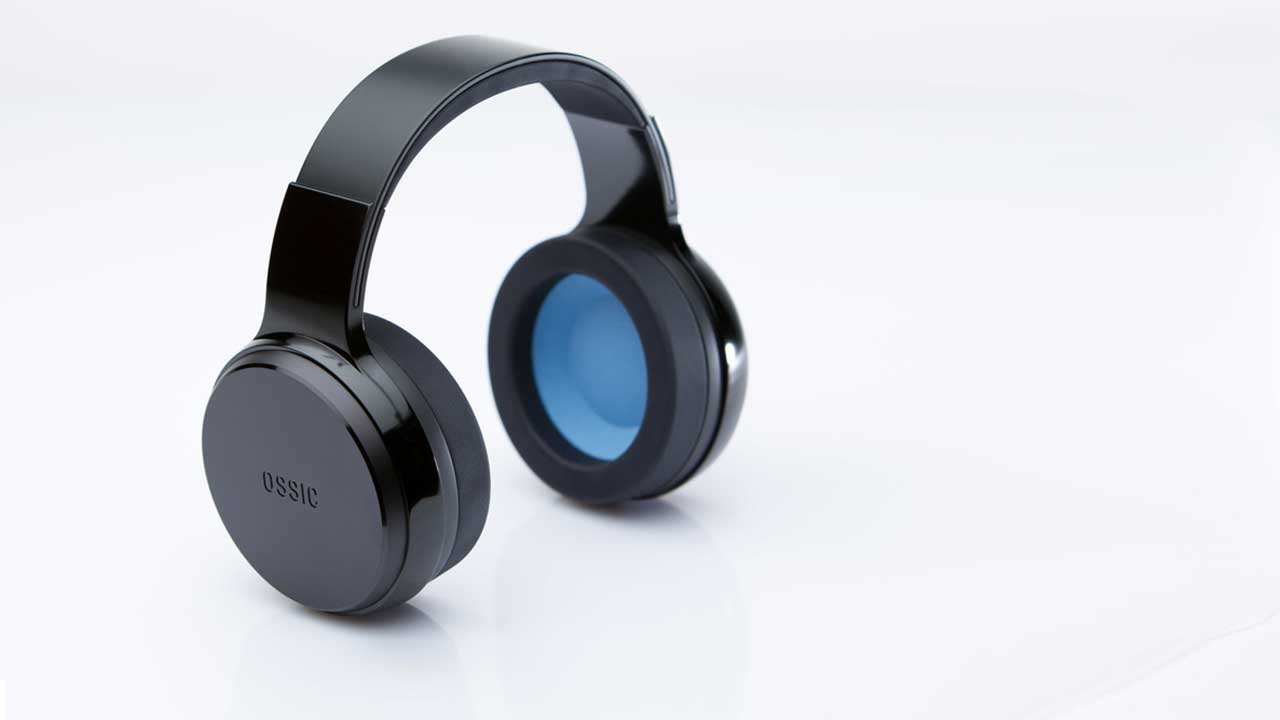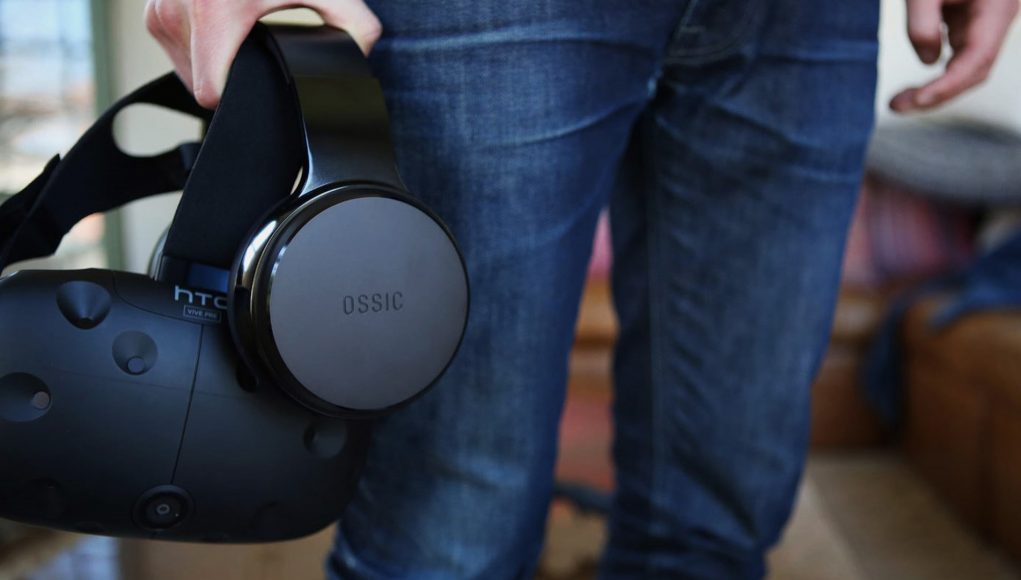OSSIC, the headphone company known for its massively successful 3D headphone crowdfunding campaigns, is shutting down due to lack of capital. The company says in an update announcing its closure that the OSSIC X 3D headphones required “significantly more capital to ramp to full mass production,” which effectively leaves tens of thousands of pre-orders unfulfilled.
OSSIC received over $2.7 million through its successful Kickstarter campaign, and $3.2 million through Indiegogo. The company is said to have raised seed investment from other sources, which accounted for about half of its total funding.
“We were not able to secure additional funding, and are out of money,” OSSIC says. “It would take more than 2 million additional dollars to complete mass production of the remaining backlog.”
At time of its closure, the company completed a mere 250 units, delivering a fraction of those to the 80 Kickstarter backers who pledged $1,000 for the Innovator Edition reward. Over 23,000 pre-orders were placed via Kickstarter and Indiegogo.

OSSIC X was touted for integrating specialized components including various inertial-measurement units (IMUs) and 32-core processor which allowed users to hear and interact with audio in a 360-degree environment, including different heights and depths. In the realm of VR, the headset was said to provide “accurate 3D sound” that could “direct your attention to elements outside your field of view for a more immersive experience.”
“Initial investment traction was strong,” the company explains, “but the slower than expected adoption of VR and the failure of several high-profile crowdfunded hardware companies made it challenging for us to raise subsequent financing.”
As a new class of device targeting audiophiles and VR users alike, the OSSIC X was decidedly an ambitious undertaking. Headphones don’t typically require any special software to run, and OSSIC was tasked with bringing support for their 3D headphones to a variety of operating systems and devices.
“What made this project so exciting, and ultimately ended up being its Achilles heel, was the complexity and scope.”
Here’s OSSIC’s full statement to backers below:
Hello Backers,
It is with an extremely heavy heart that we must inform you that OSSIC is shutting down and will be unable to deliver the remaining OSSIC X headphones.
The OSSIC X was an ambitious and expensive product to develop. With funds from the crowdfunding campaign, along with angel investment, we were able to develop the product and ship the initial units. However, the product still requires significantly more capital to ramp to full mass production, and the company is out of money.
Over the last 18 months, we have explored a myriad of financing options, but given VR’s slow start and a number of high profile hardware startup failures, we have been unable to secure the investment required to proceed.
This was obviously not our desired outcome. The team worked exceptionally hard and created a production-ready product that is a technological and performance breakthrough. To fail at the 5 yard-line is a tragedy. We are extremely sorry that we cannot deliver your product and want you to know that the team has done everything possible including investing our own savings and working without salary to exhaust all possibilities.
The OSSIC X was started as a campaign to create immersive and interactive audio. One of the biggest questions was, in a world of small earbuds and phone speakers, do people really care about good audio? Are they truly interested in the next generation of 3D audio? The success of the campaign was a resounding “YES” that has had a ripple in the audio industry.
We will forever be grateful to you and the team members, investors, and business partners who believed in us and helped give our dream a fighting chance. We were able to achieve some amazing things in an industry that was, and still is, ripe for innovation. Your voice of support throughout these past 2 years will continue to bring change to the industry, as bigger players than us refocus their efforts into better, smarter, and more immersive audio.
Thank you for all of your support, and we sincerely apologize that we could not deliver all of the headphones.
– OSSIC Team







